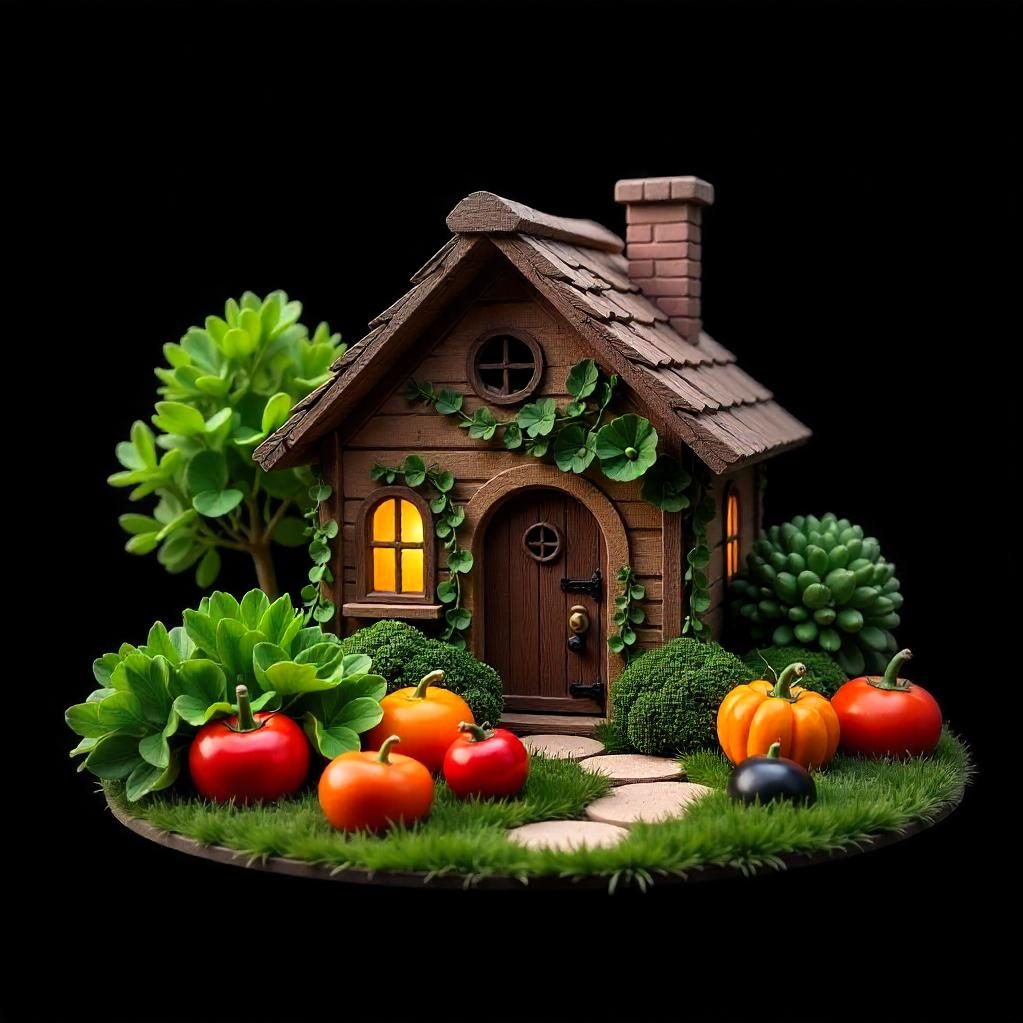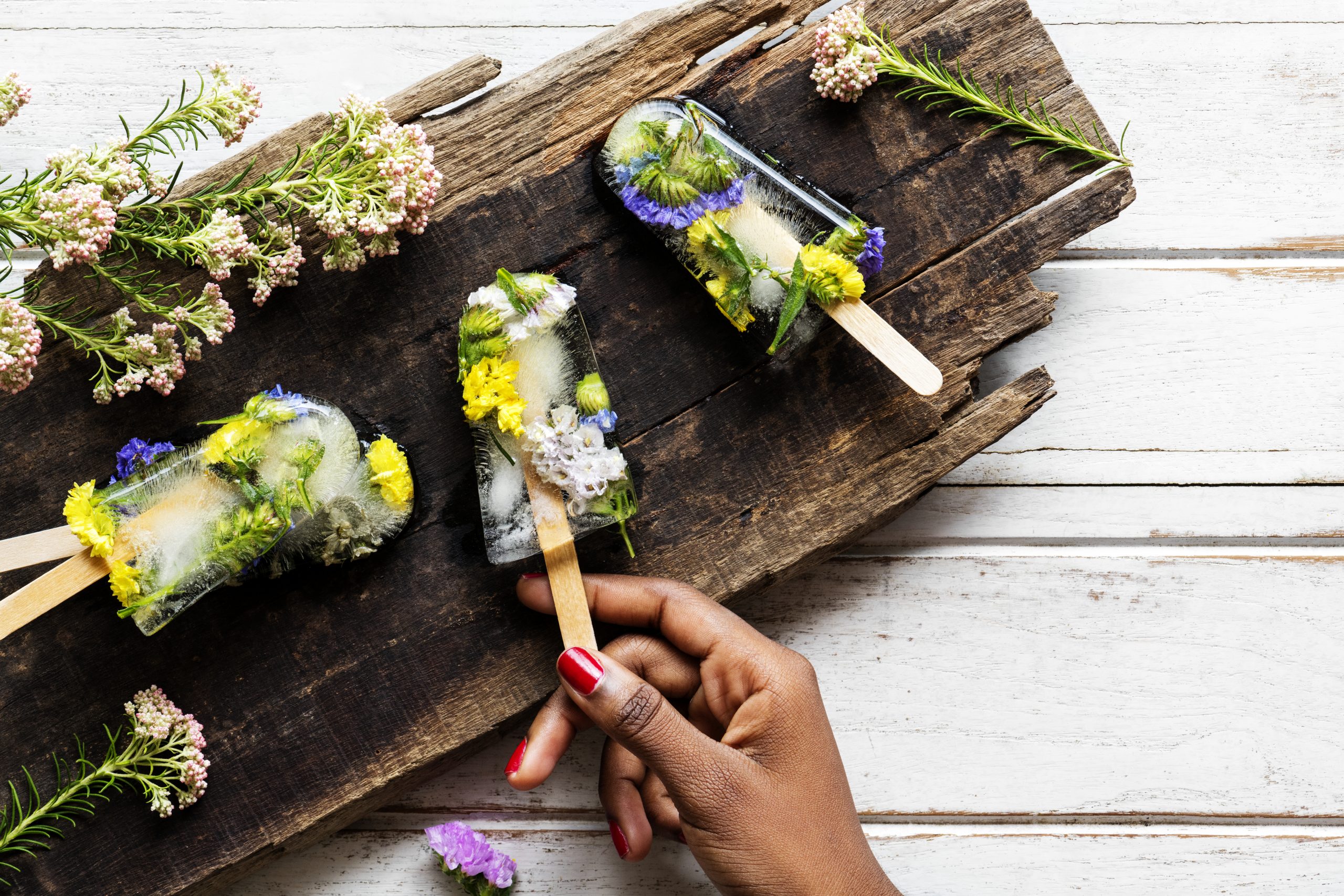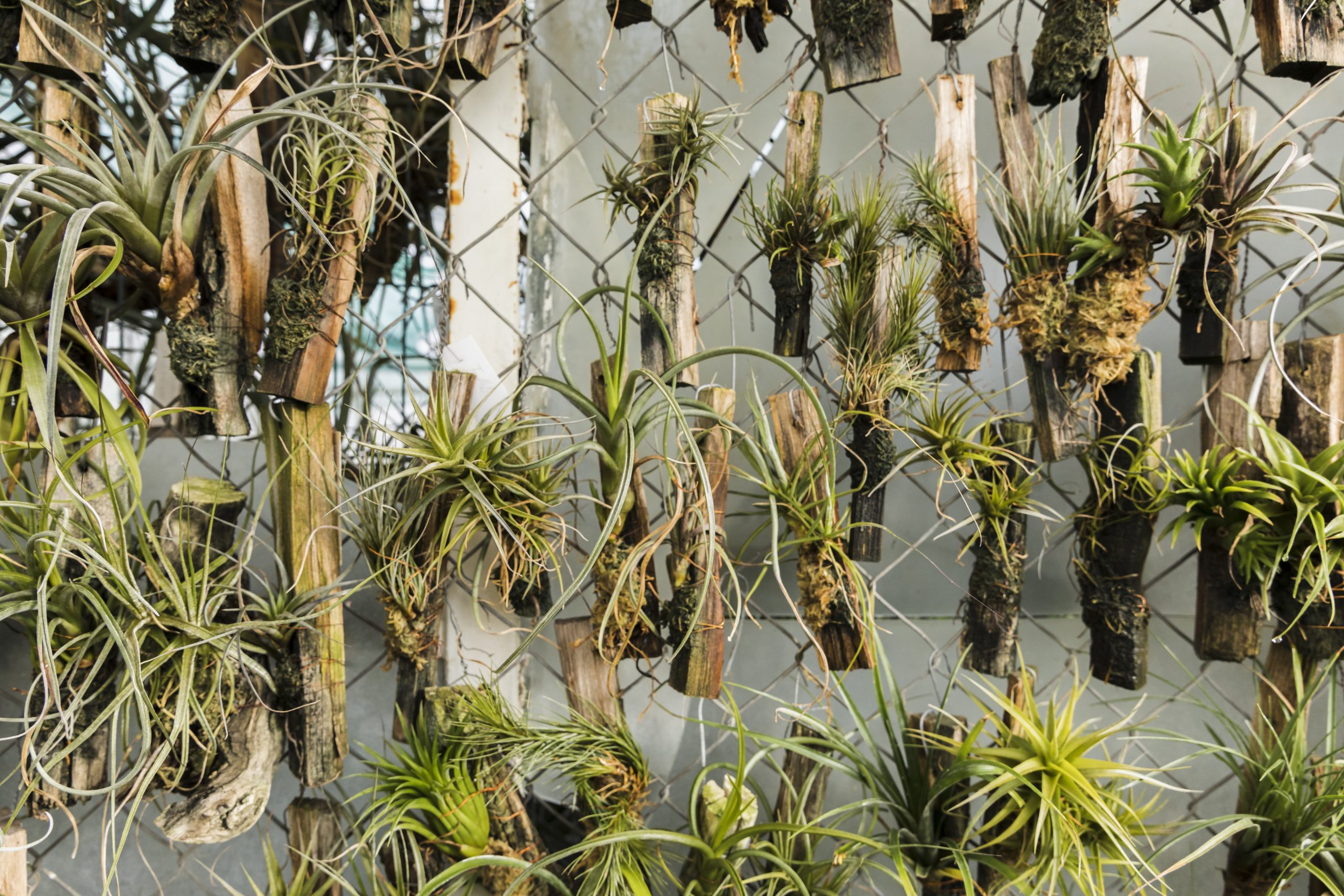Butterflies are not only beautiful creatures, but they also play an essential role in pollination. Creating a butterfly-friendly garden can help support local wildlife and add vibrant color to your outdoor space. Here’s how you can attract butterflies to your garden and provide them with the ideal habitat.
Why Attract Butterflies?
Butterflies contribute to a healthy garden by pollinating plants, which helps in the production of seeds and fruits. Their presence also encourages biodiversity, as they attract other beneficial insects. By planting a butterfly-friendly garden, you’ll be supporting these delicate creatures while enhancing the beauty of your garden.
Step 1: Choose the Right Plants
To attract butterflies, it’s essential to choose plants that provide both nectar for adults and food for caterpillars. Here are some plant suggestions:
Nectar Plants for Butterflies
- Milkweed: A favorite of monarch butterflies.
- Coneflower: Bright and colorful, it attracts a wide variety of butterfly species.
- Lantana: A nectar-rich plant that blooms all summer long.
- Butterfly Bush: As the name suggests, it’s a butterfly magnet.
- Lavender: Known for its scent, lavender attracts butterflies and other pollinators.
Host Plants for Caterpillars
- Parsley: A great plant for attracting swallowtail caterpillars.
- Fennel: A host plant for various species of butterflies.
- Mustard Greens: A common food source for caterpillars of several butterfly species.
Step 2: Provide a Source of Water
Like all animals, butterflies need water. A shallow birdbath, a small pond, or even a simple dish with a few stones for perching will provide butterflies with the hydration they need. Make sure the water is not too deep—just enough for butterflies to land and drink safely.
Step 3: Add Shelter and Resting Spots
Butterflies need places to rest and hide from predators. Adding a variety of structures in your garden will help them feel secure:
- Flat Rocks: Butterflies love to bask in the sun, so place some flat stones or rocks in sunny areas.
- Tall Grasses and Shrubs: These provide shelter from the wind and predators.
- Hedges and Bushes: Dense plants offer both shelter and protection for caterpillars and adult butterflies.
Step 4: Avoid Pesticides and Chemicals
Pesticides can be harmful to butterflies and other pollinators. Instead, focus on organic gardening practices to keep pests under control. Consider using natural remedies like neem oil or introducing beneficial insects like ladybugs that feed on harmful pests.
Step 5: Plan for All Stages of Life
Butterflies go through four life stages: egg, caterpillar (larva), chrysalis (pupa), and adult. To support butterflies throughout their life cycle:
- Egg-laying Plants: Provide a variety of host plants where butterflies can lay their eggs.
- Caterpillar Food: As mentioned earlier, caterpillars feed on specific plants, so make sure to include these in your garden.
- Chrysalis Sites: Allow plants like grasses, low bushes, or trees where chrysalises can be formed to remain undisturbed.
Step 6: Create a Diverse Environment
A healthy garden is one that supports a variety of plants and wildlife. Butterfly gardens benefit from a diverse mix of flowers, shrubs, trees, and ground cover. A range of colors, shapes, and sizes of plants will attract different species of butterflies.
Tips for Success
- Plant in Clusters: Group similar plants together to make them easier for butterflies to find.
- Choose Native Plants: Native plants are better suited to local butterflies and wildlife.
- Offer Sunlight: Butterflies are cold-blooded and need warmth to fly, so plant your butterfly-friendly garden in a sunny location.
Final Thoughts
Creating a butterfly-friendly garden not only adds beauty and life to your outdoor space, but it also supports essential pollinators. By planting a variety of nectar-rich and host plants, providing water, and offering shelter, you can create a safe haven for butterflies to thrive. With a little effort, you can attract these vibrant creatures and enjoy watching them flutter through your garden. 🦋🌸


